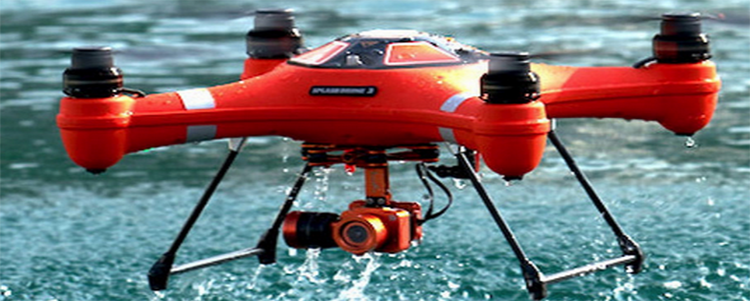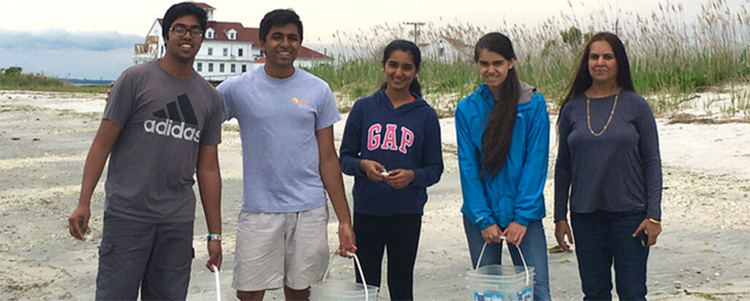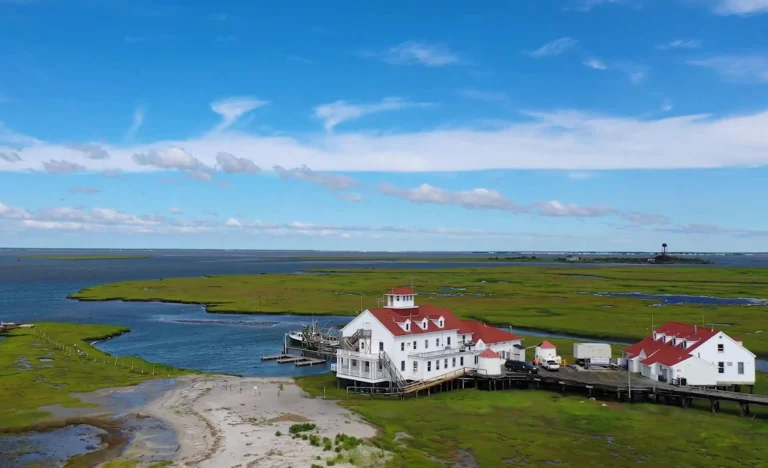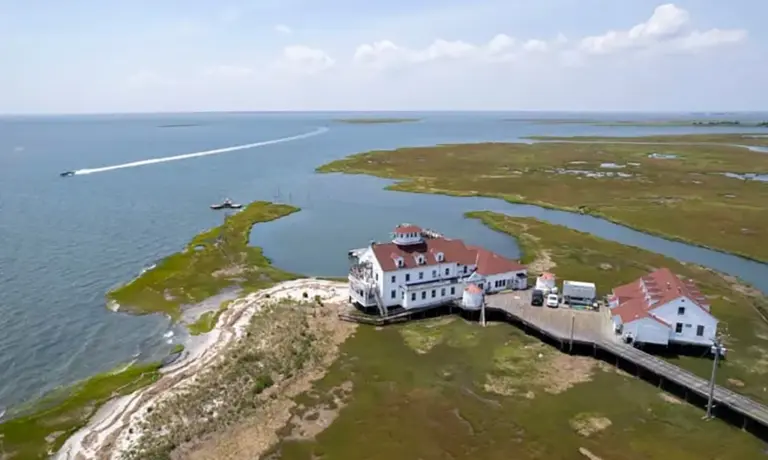A school of barracuda follows an autonomous underwater vehicle (AUV) as seen from an unmanned aerial vehicle (UAV, or drone). The AUV team of New Jersey Agriculture Experiment Station (NJAES) and Department of Marine and Coastal Sciences (DMCS) staff and faculty was supporting a mission by the Florida Institute of Human and Machine Cognition to map coral reef rehabilitation efforts near Key Largo for the Florida Fish and Wildlife Commission using overlapping 3-D point clouds generated by an on-board camera. The AUV carries many other sensors and is, in turn, able to track fish implanted with transmitters due to collaborative work between Rutgers NJAES, DMCS, and Computer Engineering partners, NOAA scientists, and private sector engineers. The propelled AUV complements the Rutgers glider AUV and surface vessel fleet and is available in support of science missions throughout the USA.




